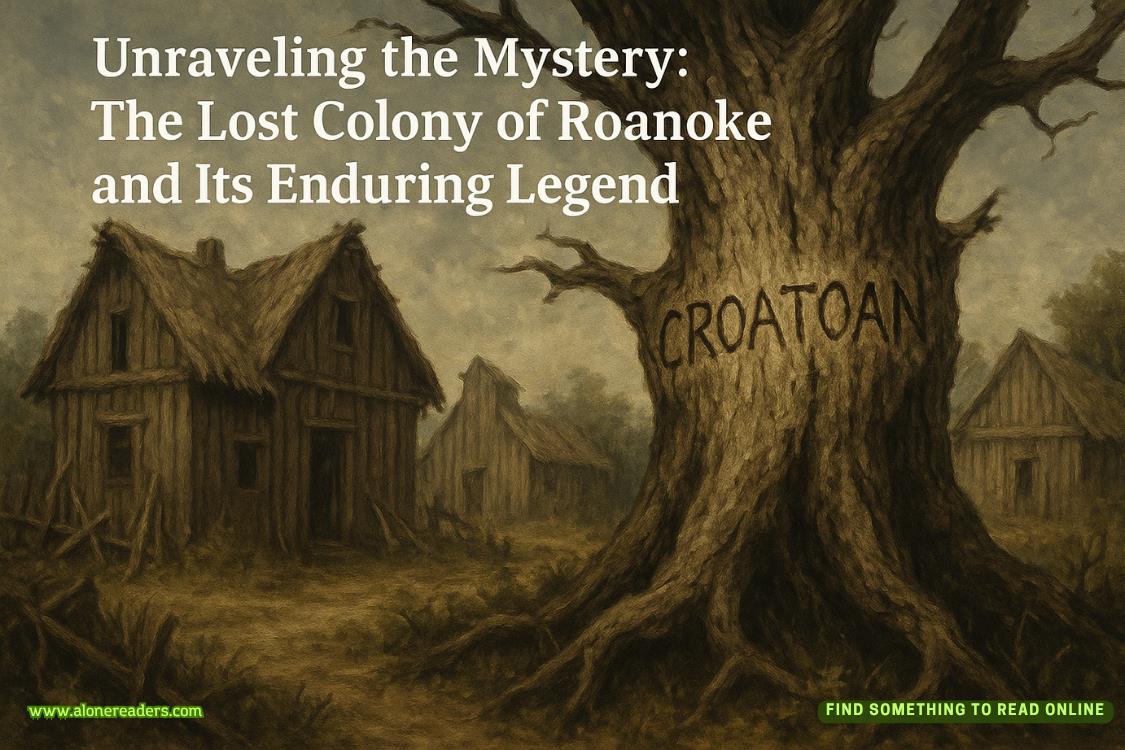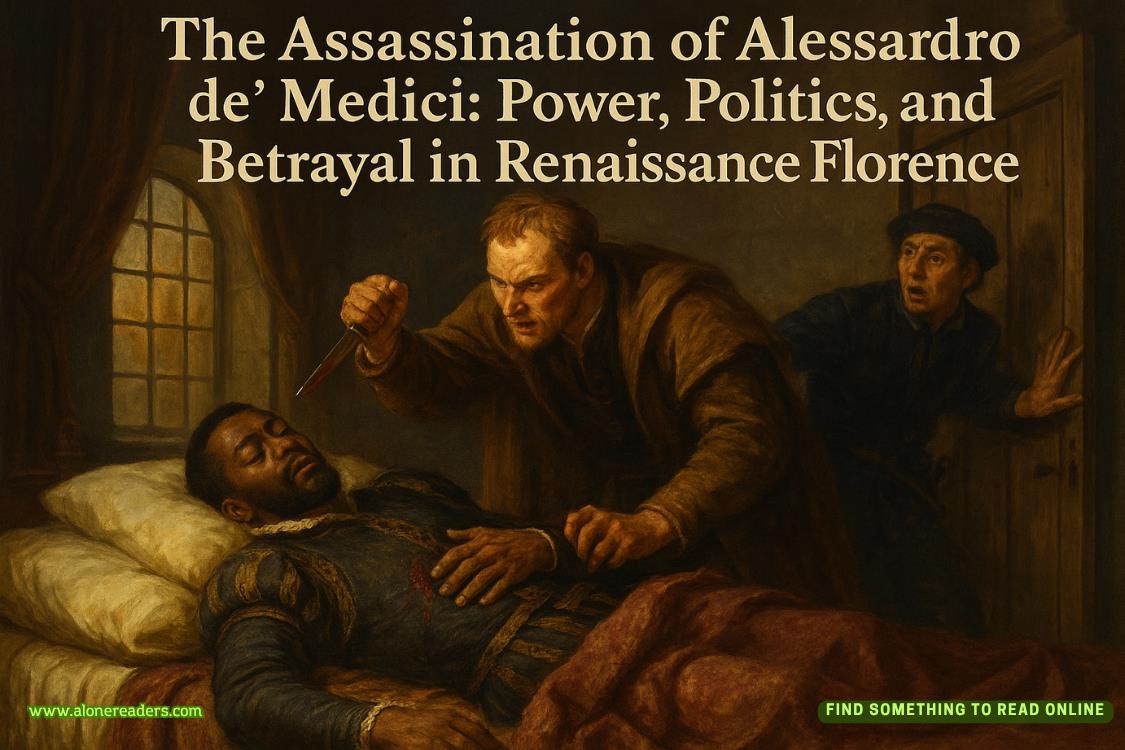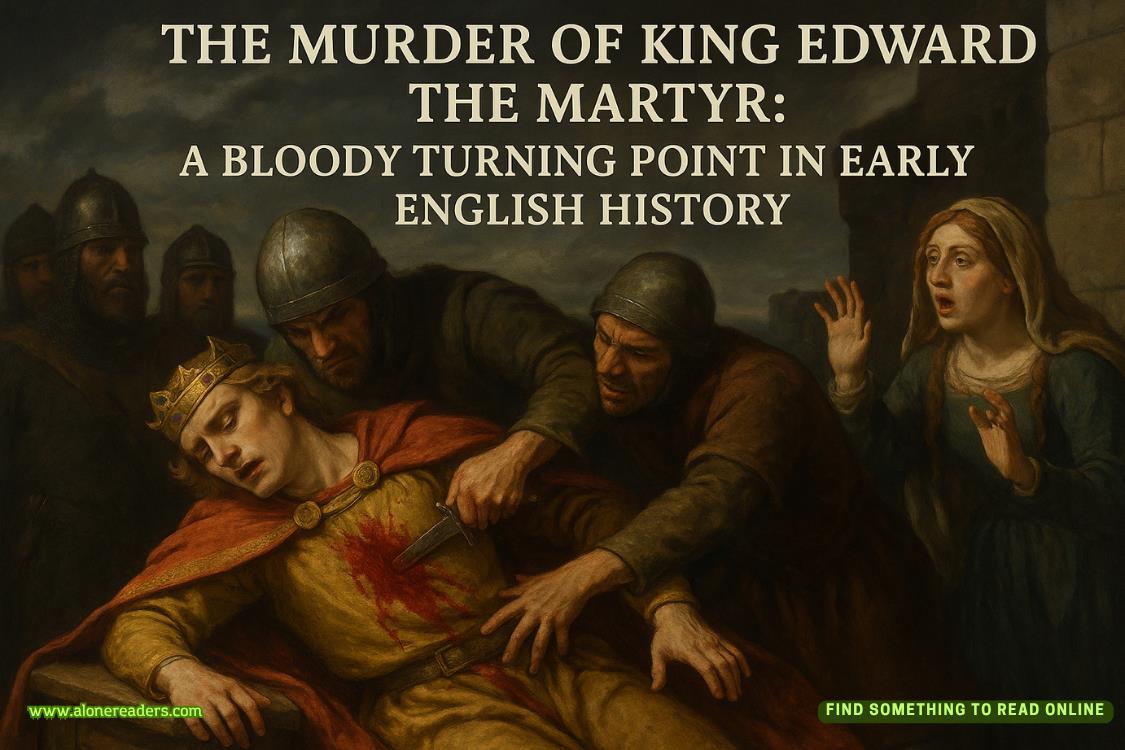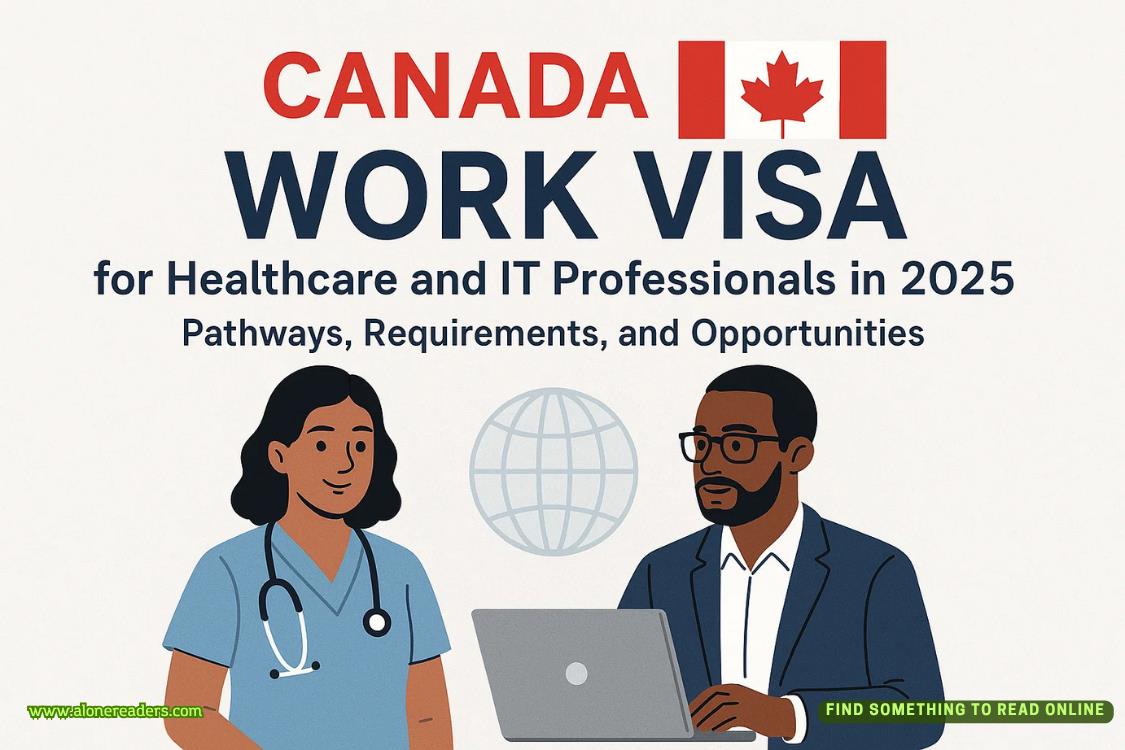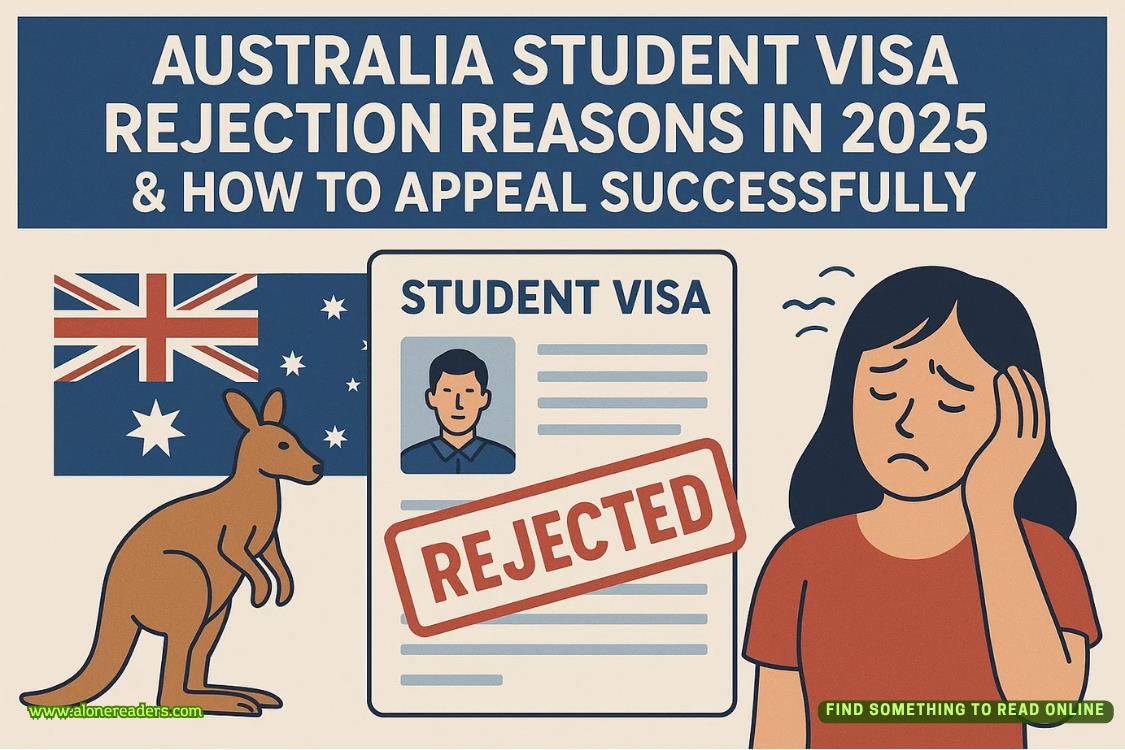I grabbed my laptop from my bag, hands shaking as I pulled up the full article. “It could be very bad. If they’ve used the same approach, my research loses its novelty factor. In science, being first is everything.”
My mood crashed as I skimmed through their methods and results, my earlier elation evaporating like alcohol on a hot plate. “Fuck, fuck, fuck,” I muttered. “This can’t be happening.”
“Let me see,” Austin said, moving his chair beside mine.
I angled the screen so he could look at it too, though I knew the technical jargon would be meaningless to him. My hands trembled slightly as I scrolled through the paper, searching desperately for differences between their approach and mine.
“They’ve used a completely different molecular scaffold,” I muttered, more to myself than to Austin. “But the mechanism is functionally similar. Shit.”
Austin’s warm hand settled on my lower back. “Take a breath, Kate. Let’s figure this out.”
His calm steadied me momentarily. “It’s bad. They’re targeting the same pathway. Dr. Barnes was excited about my work because it was novel. Now it’s just...confirmatory.” The last word tasted bitter on my tongue.
“Okay,” Austin said, his voice deliberately measured. “But is their approach exactly the same as yours?”
“No,” I admitted, scanning through their results section again. “They’re using a small-molecule inhibitor approach. Mine uses enzymatic degradation of the conjugation pilus.”
I realized he probably had no idea what I’d just said, but Austin nodded thoughtfully anyway.
“So different methods to achieve similar goals?” he asked.
“Yes, but?—”
“Doesn’t that actually strengthen your findings?” He pointed at a graph on my screen. “If two independent labs reached similar conclusions using different methods, doesn’t that validate the concept?”
I blinked at him, then back at the screen. A tiny spark of hope flickered in my chest.
“That’s...actually a good point,” I admitted. “Replication is valuable in science. But it doesn’t change the fact that they published first.”
“What about effectiveness?” Austin asked, surprising me again. “Does their method work better than yours?”
I scrolled quickly to their results section, eyes darting across the data tables. “Their inhibition rate peaks at 78% in vitro...Mine reached 97%.” My voice grew stronger with each word. “And they haven’t tested against as many resistant strains as I have.”
I clicked through to their supplementary data, a plan forming in my mind. “And they haven’t addressed toxicity concerns nearly as thoroughly. Their compound shows significant off-target effects at higher concentrations.”
Austin squeezed my shoulder gently. “See? Your research might be more significant than theirs.”
“I need to email Dr. Barnes immediately,” I said, already opening a new message. “We need to revise our publication strategy.”
As I furiously typed out my analysis of Liu’s paper and how my approach differed, I vaguely noticed Austin setting aside his own phone after glancing at it. Something in his expression caught my attention.
“Was that important?” I asked, nodding toward his phone.
He shrugged. “Nothing that can’t wait.”
I finished my email and hit send before turning to him fully. “Austin, what was that notification?”
He hesitated, then said, “Just the team doctor. I’ve been officially cleared to play.”
“What?” I slapped the laptop closed. “That’s huge news! Why didn’t you say something?”
“Because you were dealing with this,” he said simply. “My thing could wait.”
Something melted inside me. In my previous relationships, my career had always been treated as secondary, an inconvenience to work around. Yet here was Austin, putting aside his own monumental news to help me through my crisis.
“We should be celebrating you,” I insisted, reaching for his hand.
“We can celebrate both,” he replied, lacing his fingers through mine. “But let’s fix your publication strategy first. What’s the next step?”




